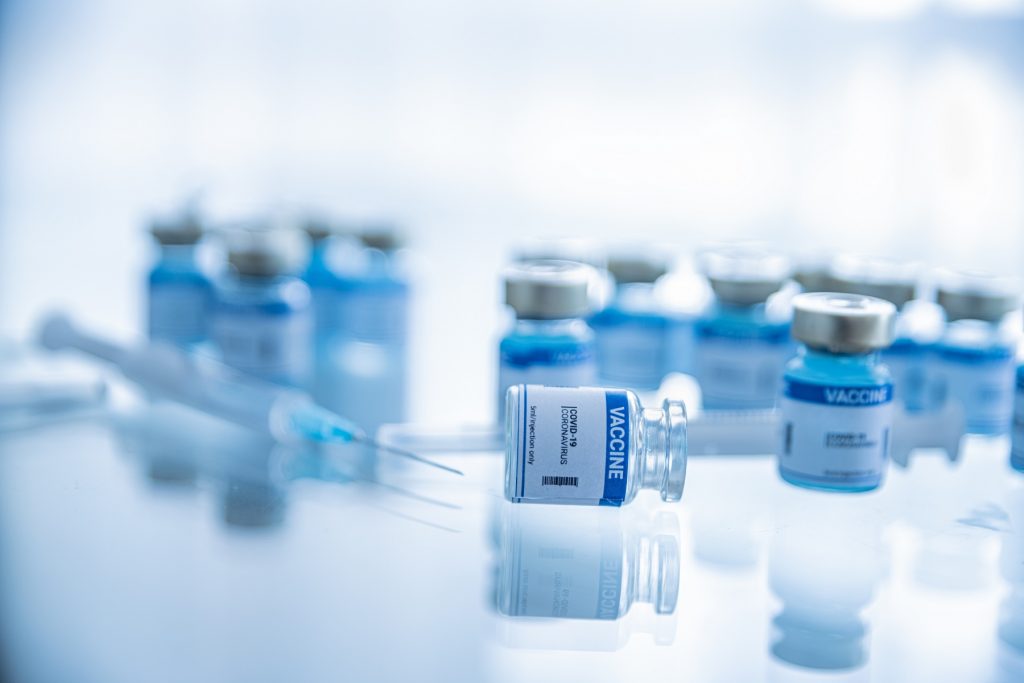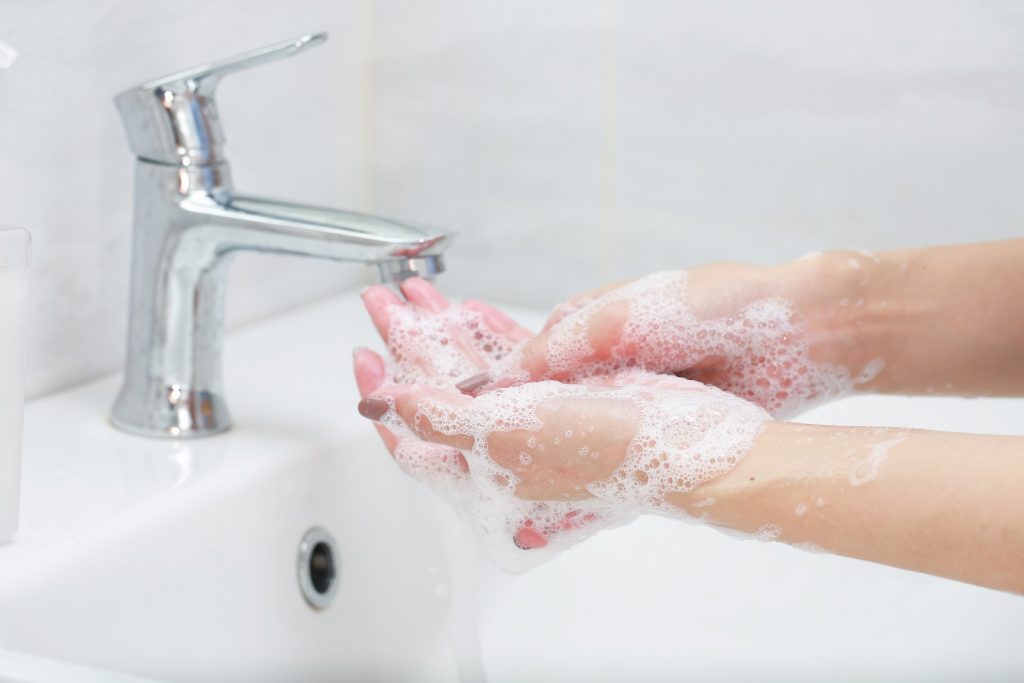On Jan. 31, 2020, the World Health Organization (WHO) declared the outbreak of COVID-19 or the coronavirus a global emergency. After a surge in cases, several prefectures in Japan entered the fourth state of emergency. On Aug. 18, 2021, the state of emergency was extended until Sept. 12, 2021, but was extended yet again on Sept. 09, until Sept. 30.
It follows the first nationwide state of emergency declared on Apr. 16, 2020, which was lifted on May. 26, 2020, the second state of emergency declared on Jan. 07, 2021, for Tokyo, Saitama, Chiba, and other prefectures lifted on Mar. 21, 2021, and the third declared in April and lifted in late June.
If you’re living in Japan or planning to visit after the pandemic, you may be wondering how safe it is. What can you do to protect yourself? What events have been affected? Will the virus impact travel plans outside of Japan and greater Asia?
What’s Japan’s Infection Rate?
As of Sept. 16, 2021, more than 1,600,000 coronavirus cases have been confirmed in Japan. There are more than 17,000 confirmed deaths. For comparison, the total number of confirmed deaths in the United States is more than 662,000.
When Can I Get The Vaccine?

About 58% of Japan’s population has been vaccinated as of Sept. 16, 2021. Priority was first given to the elderly and frontline workers. As of August, vaccines for the general public should be in effect. Suga vowed to finish vaccinations by November.
All residents aged 16 and older, including foreigners, will receive vouchers for the vaccine by mail from their municipality. The vouchers will have your name and a specific number that will allow you to be inoculated free of charge by presenting the voucher at a vaccination center. You will need to make a reservation online or by phone before going to the vaccination center.
You will need to receive the vaccine twice—three weeks apart. Normal side effects include pain in the arm where it was vaccinated, fatigue, headache, sore muscles, joint pain, fever, chills, and diarrhoea.
You can learn more about getting vaccinated in Japan on the Ministry of Health, Labour and Welfare of Japan’s official website.
What is Japan’s Re-entry Ban?
Japan is currently under an entry ban for the indefinite future. The official website of the Ministry of Foreign Affairs of Japan states:
“For the time being, foreign nationals who have stayed in any of the following 159 countries/regions within 14 days prior to the application for landing are denied to enter Japan.”
Can Foreign Residents Re-enter Japan?
Foreign residents are allowed to re-enter Japan.
The Ministry of Foreign Affairs of Japan has stated:
“Foreign nationals with a status of residence of “Permanent Resident,” “Spouse or Child of a Japanese National,” “Spouse or Child of a Permanent Resident” or “Long Term Resident,” will be treated as persons in special exceptional circumstances.”
Foreign residents and Japanese nationals must test for the virus at least 72 hours before their departure to Japan and submit documentation that they have tested negative for the coronavirus.
The below testing methods are valid:
- PCR – Polymerase chain reaction
- (RT-)PCR – Reverse transcription PCR (real-time (RT-)PCR/Q-PCR/FluorescencePCR/Multiplex-PCR)
- LAMP – Loop-mediated isothermal amplification (RT-LAMP)
- TMA – Transcription mediated amplification
- TRC – Transcription-reverse transcription concerted reaction
- Smart Amp – Smart amplification process
- NEAR – Nicking endonuclease amplification reaction (e.g., ID-NOW)
- Next-generation sequencing
- Quantitative antigen test (CLEIA/ECLEIA)
After re-entering Japan, you must sign a pledge upon arrival to stay in quarantine for 14 days. Failure to do so will result in penalties, such as disclosing the names of violators. Foreign residents who break their 14-day quarantine may have their visa status revoked and be subject to deportation.
Other requirements include agreeing to a government-sponsored tracking app installed on your smartphone.
How to Protect Yourself
There are a few key preventative measures you should take while in Japan to decrease your risk of getting infected. These are the same general rules that you should apply during the cold and flu season.
Wash your hands regularly with antibacterial agents and soap

This is especially important before touching your face or eating, and after coming in contact with animals and public spaces like restaurants and public transportation.
Avoid touching your face
This is something we do so often and a keyway through which viruses can get into the body.
Avoid taking the train during rush hour
The virus is spread via respiratory droplets—easily transmitted through coughing and sneezing. Obviously, you want to avoid contact with sick people and try to maintain at least a one-meter distance between yourself and infected persons. Riding the train during morning and evening rush hours in major cities like Tokyo may increase your chance of exposure.
Wipe down surfaces before using them
This is important in public spaces with high turnover rates, such as fast-food restaurants.










